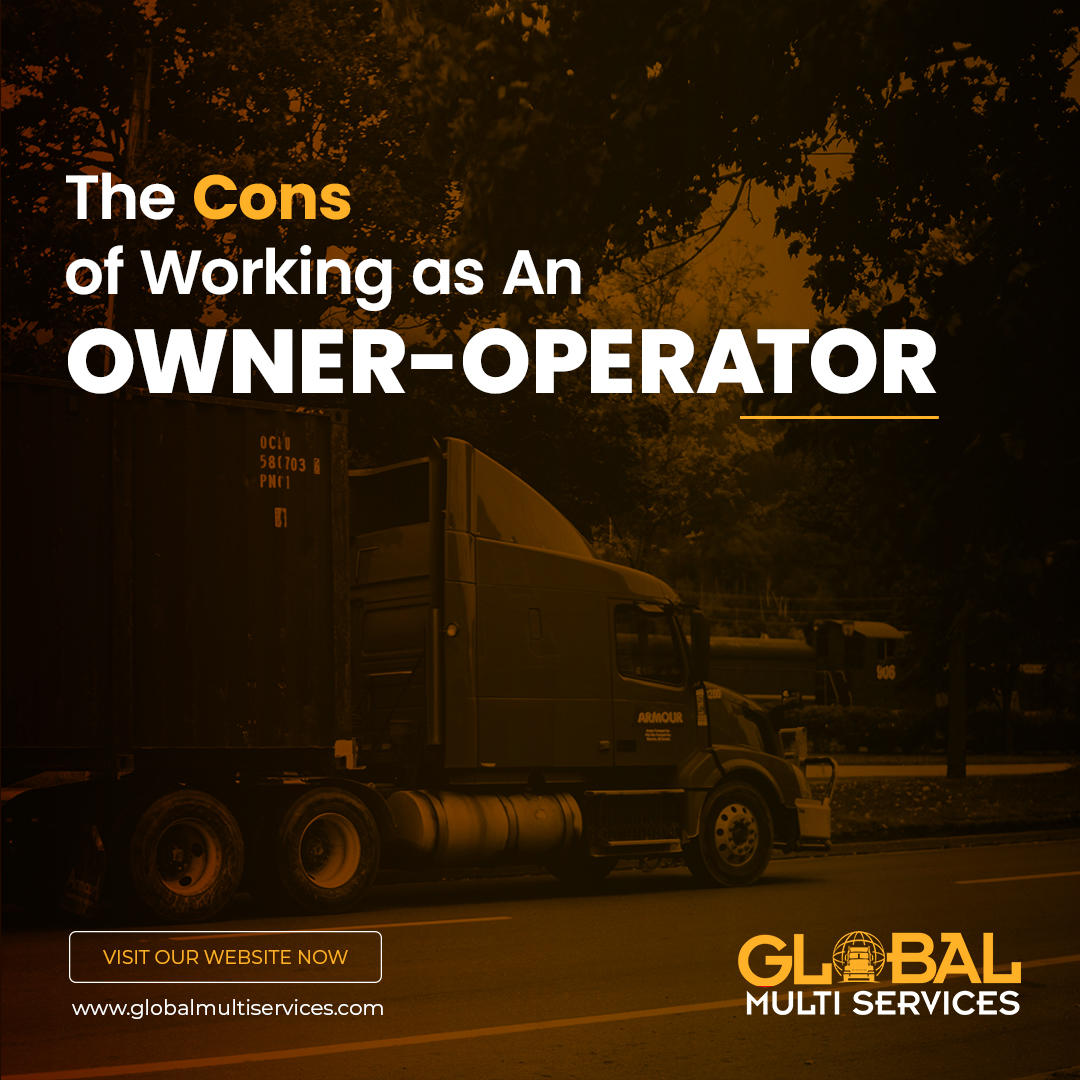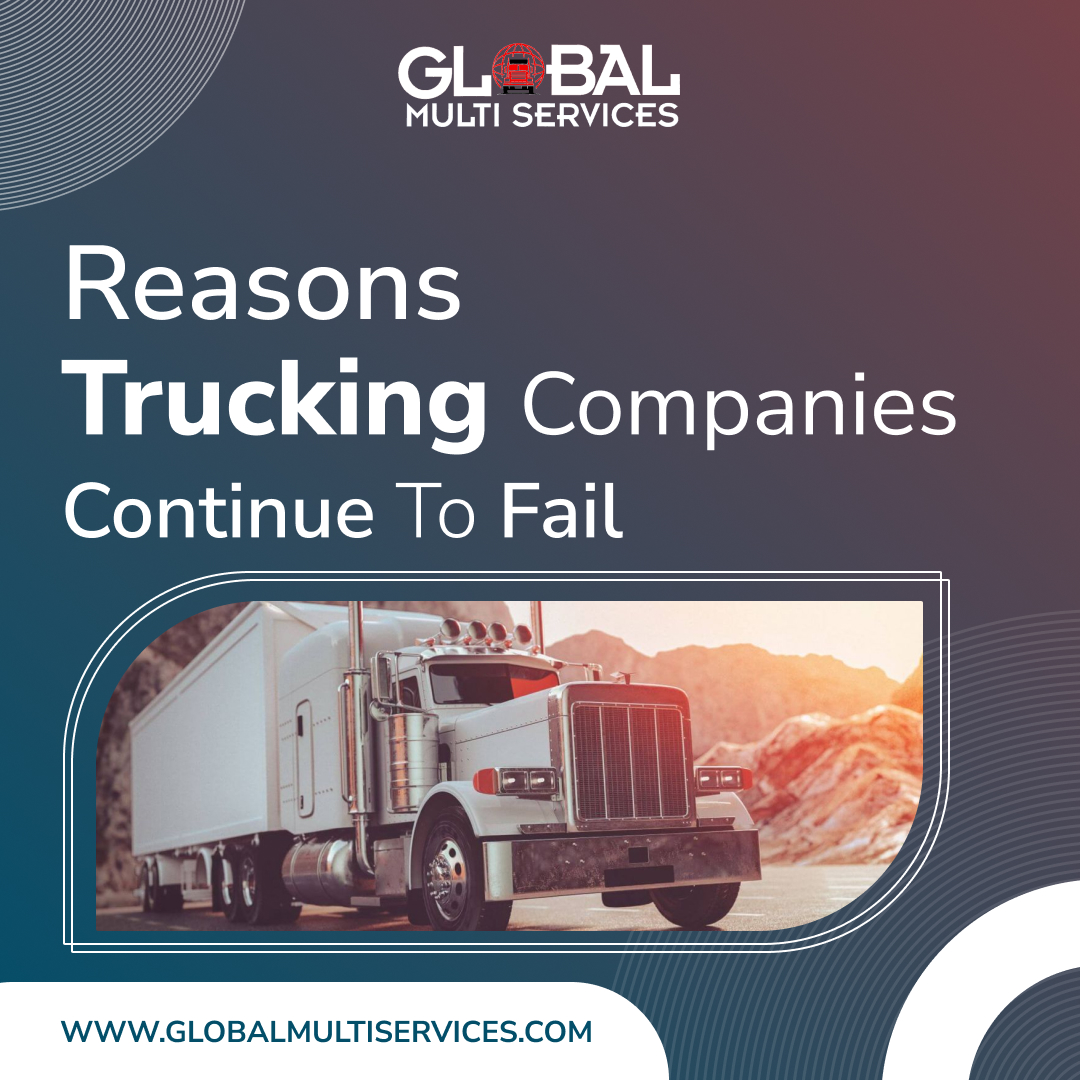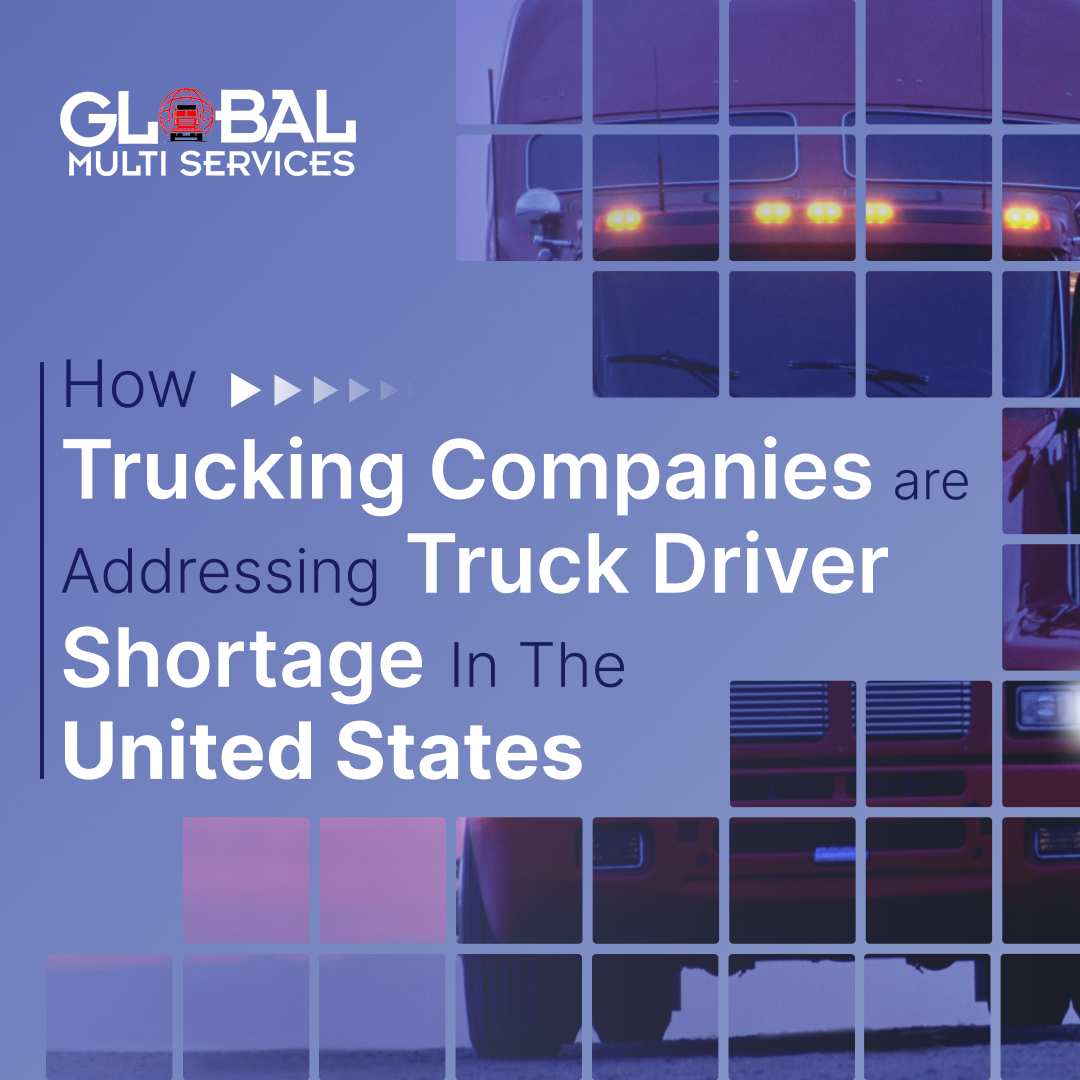Company drivers drive the company’s truck. They also transport loads when and where the company assigns them, giving them little control over their work schedules. Owner-operators are self-employed business owners who transport freight loads for others. They have more choices about when they work and what types of loads they haul.
The reality of being an owner-operator is that it is often more work when compared to working for someone else. Owner-operator has trucks and takes on all the management jobs with their driving role. Instead of being told where to go, they find loads to haul. They also create awareness, build relationships, and find ways to stay busy when times get slow.
But owning your equipment can be very expensive. The cost of buying or leasing trucks plus maintenance can be overwhelming. Owner-operators must pay bills on time to keep creditors from filing judgments against them. They also have to pay for liability and health insurance while setting aside money for taxes. Read on as Global Multi Services explain the cons of operating as an owner-operator.
EQUIPMENT EXPENSES
Working as an owner-operator requires having your rigs. Many often start with one truck and eventually build up to a fleet that may include several trucks, trailers, and flatbeds. Buying or leasing tractors is one of the primary and most expensive investments.
As an owner-operator, you can ask for a loan to buy the equipment, and the potential lenders will examine your credit history. That means the better your credit rating, the more promising your chances of getting a low-interest loan. But you need to finance at least a part of the investment.
Many owner-operators choose to lease their truck and other equipment instead of buying it directly. That is, they only pay for the property when they use it. These allow them to upgrade their equipment more often and get better equipment with less money up-front. Are you planning to become an owner-operator in the future? Now is the best time to start planning for your dream career. Start saving money from your paycheck to have a down payment for your tractors.
HIGHER FINANCIAL RISK
The financial risk of an owner-operator is enormous as they are responsible for the maintenance and fueling of the trucks. Although they can take time off when they want, they spend this time on truck maintenance and keeping business records. Also, the pressure and stress they face can be more tiring than an employed driver. Owner-operators also need to research and network with trucking companies to find who will pay the best and be consistent.
BIGGER RESPONSIBILITIES
While there is much freedom in being an owner-operator, it comes with new responsibilities you may have yet to consider. An owner-operator must research to know how to manage their trucking business. They are responsible for replying to emails, answering phone calls, and pounding the pavement to land new clients. They also handle things they were minimally involved in as an employee. These include repair services, maintenance schedule, truck cleaning, and compliance.
LESS FLEXIBILITY
Owner-operators start at the bottom and work their way up. That means they may not have the best schedule or routes until they gain a bit of tenure and seniority. They are also limited to other companies’ clients, patterns, and communication technology. These make their earning potential at the beginning unstable.
LESSER DOWNTIME
Owner-operators work for more hours than company truck drivers. They have a lot more of the workload to cover on their own. They inspect the truck before hitting the road, set up contracts, and haul the freight. These show they do not have much downtime. Also, starting as an owner-operator can be very stressful. Many companies will not give them loads until they have established a good reputation in the industry. Furthermore, they must constantly network and build their brand as a reliable source for hauling freight.
WRAPPING UP
Becoming an owner-operator often seems more enjoyable than working as a company driver. However, it requires hard work and more responsibility since they own their trucking business. Every decision they make affects their business and customer trust.
ABOUT GLOBAL MULTI SERVICES
Global Multi Services is a one-stop place for all your trucking permit applications across the United States. We provide expert services to trucking companies at an affordable price. Contact us today for a fast and efficient truck permit application.




